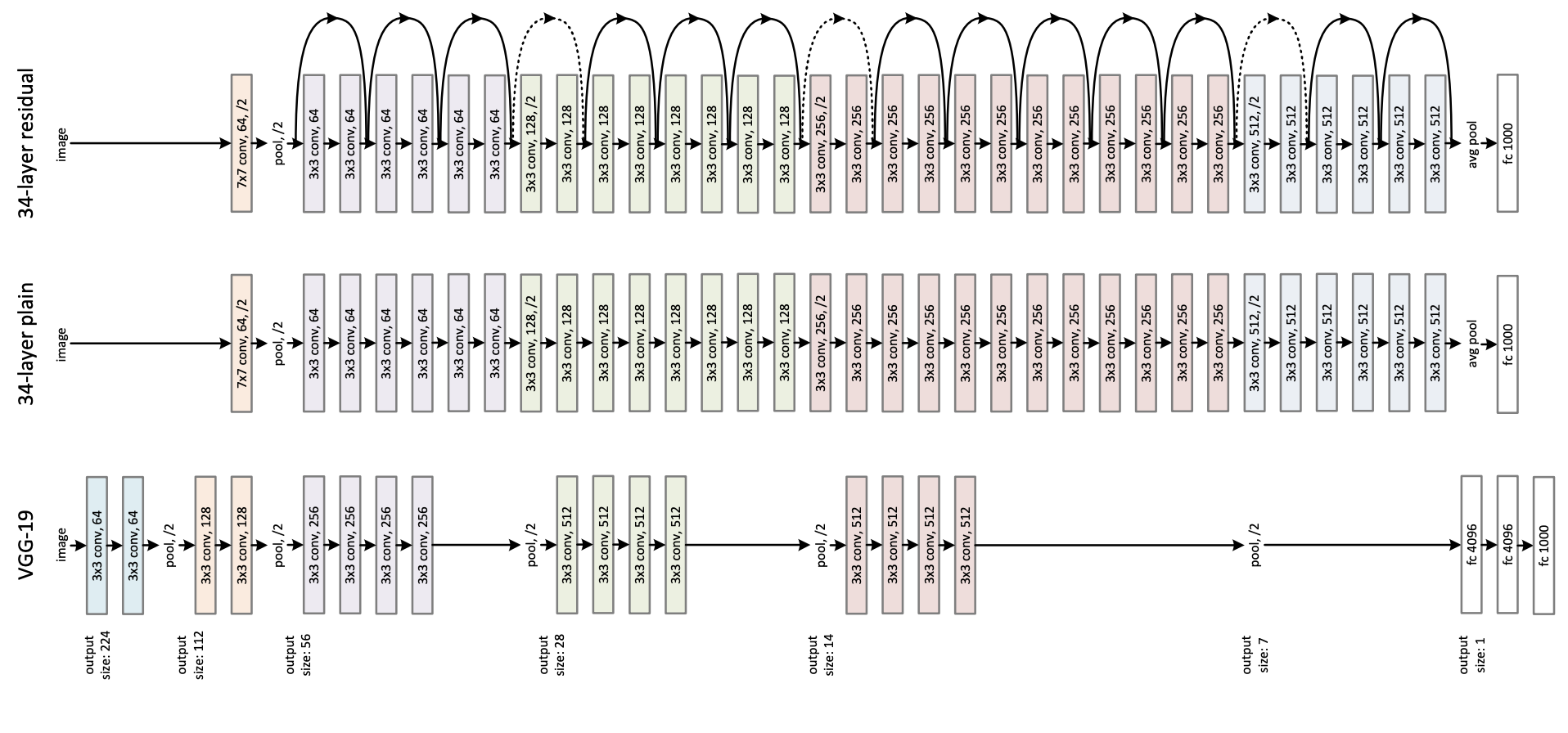🚀 ResNet-101 v1.5
A ResNet model pre-trained on ImageNet-1k at a resolution of 224x224, introduced in the paper Deep Residual Learning for Image Recognition by He et al.
🚀 Quick Start
ResNet-101 v1.5 is a pre - trained model for image classification. You can use it directly or find fine - tuned versions on the model hub.
✨ Features
- Residual Learning and Skip Connections: ResNet democratized the concepts of residual learning and skip connections, enabling the training of much deeper models.
- Version Difference: ResNet v1.5 differs from the original model. In the bottleneck blocks requiring downsampling, v1 has a stride of 2 in the first 1x1 convolution, while v1.5 has a stride of 2 in the 3x3 convolution. This makes ResNet50 v1.5 slightly more accurate (~0.5% top1) than v1, though it has a small performance drawback (~5% imgs/sec) according to Nvidia.

📚 Documentation
Model description
ResNet (Residual Network) is a convolutional neural network that popularized the concepts of residual learning and skip connections, which allows for the training of much deeper models.
This is ResNet v1.5, with a difference from the original model: in the bottleneck blocks that need downsampling, v1 has a stride of 2 in the first 1x1 convolution, while v1.5 has a stride of 2 in the 3x3 convolution.
Intended uses & limitations
You can use the raw model for image classification. Check the model hub to find fine - tuned versions for tasks that interest you.
💻 Usage Examples
Basic Usage
Here is how to use this model to classify an image of the COCO 2017 dataset into one of the 1,000 ImageNet classes:
from transformers import AutoFeatureExtractor, ResNetForImageClassification
import torch
from datasets import load_dataset
dataset = load_dataset("huggingface/cats-image")
image = dataset["test"]["image"][0]
feature_extractor = AutoFeatureExtractor.from_pretrained("microsoft/resnet-101")
model = ResNetForImageClassification.from_pretrained("microsoft/resnet-101")
inputs = feature_extractor(image, return_tensors="pt")
with torch.no_grad():
logits = model(**inputs).logits
predicted_label = logits.argmax(-1).item()
print(model.config.id2label[predicted_label])
For more code examples, refer to the documentation.
BibTeX entry and citation info
@inproceedings{he2016deep,
title={Deep residual learning for image recognition},
author={He, Kaiming and Zhang, Xiangyu and Ren, Shaoqing and Sun, Jian},
booktitle={Proceedings of the IEEE conference on computer vision and pattern recognition},
pages={770--778},
year={2016}
}
📄 License
This model is licensed under the Apache - 2.0 license.
| Property |
Details |
| Model Type |
ResNet-101 v1.5 for image classification |
| Training Data |
ImageNet-1k |

